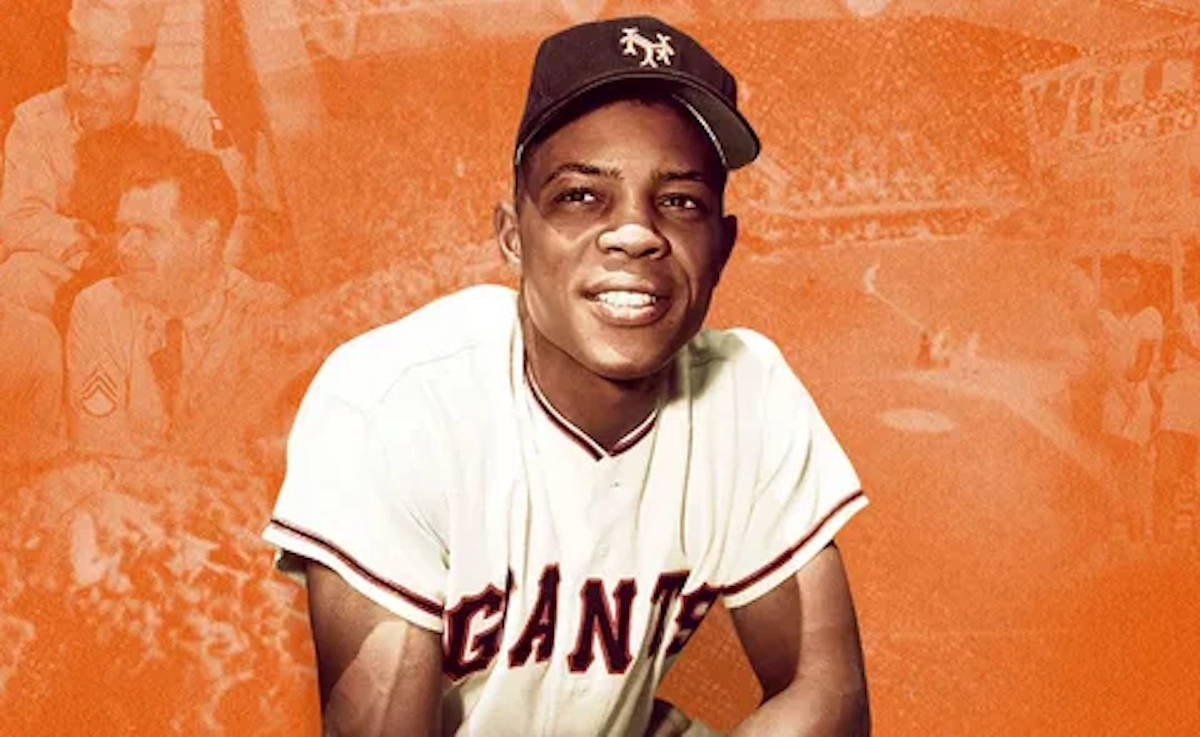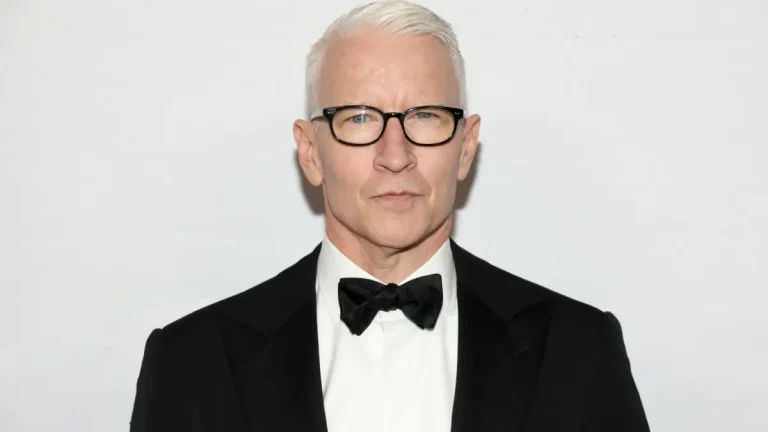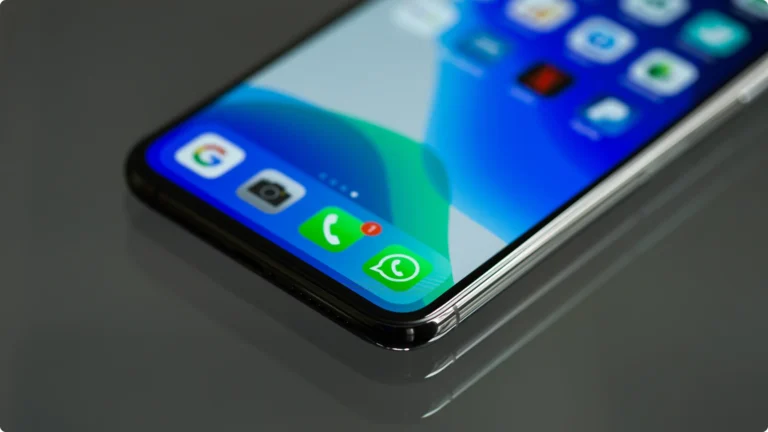When people talk about legends in baseball, one name always comes up—Willie Mays. He wasn’t just a phenomenal athlete; he was the full package—smarts, charm, and a sharp eye for life beyond the ballpark. That’s why Willie Mays' net worth remains a hot topic, even decades after he last stepped on the field. Estimated between …
The Incredible Career and Wealth of Baseball Star Willie Mays

When people talk about legends in baseball, one name always comes up—Willie Mays. He wasn’t just a phenomenal athlete; he was the full package—smarts, charm, and a sharp eye for life beyond the ballpark. That’s why Willie Mays’ net worth remains a hot topic, even decades after he last stepped on the field. Estimated between $5 million and $8 million by 2024, his wealth tells a unique story—one where raw talent met smart moves and meaningful legacy.
This isn’t just about how much money one of the greats made. It’s about how he made it, when earnings in professional baseball were a fraction of what they are today. From early rookie deals to becoming the game’s highest-paid player—for his time—Mays’ financial evolution mirrors baseball’s climb into the economic stratosphere.
So we’re diving in. Not just into the big paydays, but also into the moves that kept his income flowing long after the cleats were hung up—endorsements, property investments, and post-retirement gigs that still pay dividends. Ready to break it down?
Career Highlights And Salary Trajectory That Shaped Willie Mays’ Net Worth
But talent forces change. As Mays’ game exploded, so did his value. By 1958, after the Giants’ move to San Francisco and Mays’ expanding stardom, his salary climbed to $65,700—a massive leap at the time and a clear signal he wasn’t just another player. And that was just the start.
Let’s lay down the key numbers that put Willie Mays on top of his era’s financial food chain:
| Year | Salary | Inflation-Adjusted (2024) | Milestone |
|---|---|---|---|
| 1959 | $75,000 | ~$760,000 | Highest-paid MLB player |
| 1963 | $105,000 | ~$960,000 | Record-breaking Giants contract |
| 1973 | $180,000 | ~$1.2 million | Final year salary peak |
In total, he earned $1.1 million over 22 seasons—a number that seems tiny compared to today, but liftoff-level during his playing days. Mays wasn’t just a player collecting checks; he was the face of the game—and that held weight in the negotiation room.
What truly amplified his earning power? A highlight reel so good it’s practically myth. The 1954 World Series catch. Crushing 660 home runs. Snagging 12 Gold Gloves. Not to mention showing up to 24 All-Star Games like it was routine.
That combo of athletic dominance and fan obsession became his leverage—long before players had agents building personal brands. Mays didn’t need a marketing team. He was the marketing.
His eventual Hall of Fame induction in 1979 was just the capstone to a career built on moments that added both cultural and financial value. It wasn’t just about what he did—it was how he made people feel doing it. And fans, sponsors, and teams alike knew that was worth the investment.
Comparing Willie Mays’ Net Worth With Baseball’s Financial Evolution
Let’s keep it real: the money in Mays’ playing era doesn’t even brush the coattails of today’s paychecks. Back then, the average MLB salary in the 1950s hovered around $12,000–$15,000. Fast forward to now, and the average is north of $4 million. The league itself transformed into a global cash-generating machine.
Think about it—Shohei Ohtani just inked a $700 million mega-deal. Converted backward, that’s baseball money from another planet. If you dropped Mays’ 1973 peak salary ($180K) into today’s economy, it barely clears $1.2 million, a far cry from what his stats, presence, and talent would command now.
It’s wild to think that if Mays were active today—with his full package of power, defense, charisma, and marketing appeal—analysts believe he’d command $100 million a season. No exaggeration.
Looking cross-sectionally at other legends:
- Hank Aaron, despite being a home run king, didn’t build the same financial weight from his playing days.
- Mickey Mantle had fame but navigated a different endorsement landscape, pre-social media and post-career strategies.
- Babe Ruth, the sport’s original mogul, thrived before branding even had a name—but even he faced off fierce economic limitations of his time.
Mays stands at a unique intersection. He wasn’t just historically loaded with talent—he laid the prototype for the marketability of athletic excellence. He helped make “sports figure” and “financial force” the same person.
Bottom line: Willie Mays’ net worth may not match modern contracts, but pound-for-pound, era-for-era, his financial legacy holds up. He made the max of what was available—and laid a path others could follow. And that, to me, is its own brand of historic wealth.
Endorsements and Financial Milestones
What would Willie Mays’ net worth look like if he’d hit his peak during today’s sponsorship-driven sports world? That’s what fans and financial analysts alike wonder when reflecting on his legacy. While his playing salary topped out at $180,000 in the early ’70s (roughly $1.2 million today), the real financial lift came from his off-the-field marketability.
Willie Mays’ Endorsement Deals During MLB Career
Mays wasn’t just playing ball—he was quietly shifting how the game intertwined with brand power. In an era where endorsements for Black athletes were rare, Mays broke through the noise with partnerships that were both historic and profitable.
- Coca-Cola: One of Mays’ earliest and most visible sponsorships. His smooth charisma gave the brand immediate mileage in ballparks and beyond.
- Wheaties: As “The Breakfast of Champions,” Wheaties leaned on Mays’ elite status, putting him in the public eye every morning across American households.
- Ford: Linking Mays to the all-American car manufacturer wasn’t just smart marketing—it was a nod to his nationwide appeal.
Those deals didn’t happen by chance. Mays’ show-stopping plays, including his iconic 1954 World Series catch, built more than baseball stats—they built trust with advertisers. He wasn’t just an athlete; he was a reliable brand ambassador before that term even made marketing decks.
Landmark Endorsements and Post-Retirement Opportunities
After hanging up his cleats in 1973, Mays didn’t drift away from the spotlight—he redirected it. He tapped into memorabilia, licensing, and appearances, turning nostalgia into steady income. Every signed photo, trading card deal, and speaking gig added to the bottom line.
Unlike many athletes of his era, Mays stayed relevant. Whether it was through highlight reels or interviews, his image remained marketable. He also became a staple in historical media content—archival footage, commercials, and documentaries kept his story alive, and so did the checks.
Analysis of Missed Financial Opportunities in the Modern Sports Economy
If Mays played in today’s high-visibility, globally connected era, his earnings would have exploded. Think social media sponsorships, overseas licensing, and equity partnerships. The digital economy moved endorsement figures from six to seven digits—and Mays had the stature to ride that wave.
Stars like LeBron James or Shohei Ohtani build personal brands off their likenesses. Mays was doing that in the analog age, but without Instagram, global TV syndication, or personal branding firms at his back. Had he been born decades later, endorsements alone could’ve pushed his net worth well into nine figures.
Bottom line? Mays helped invent the template for athlete-marketability. The world just wasn’t fully tech-ready to return the favor at the scale he deserved.
Post-Retirement Earnings and Economic Impact
What happens when a generational talent leaves the game, but not the spotlight? In Willie Mays’ case, he kept the checks coming. From coaching benches to autograph tables, his post-retirement phase was anything but idle.
Coaching and MLB-Associated Roles
After retiring from the field, Mays accepted a $50,000 per year gig with the New York Mets as a coach—a sizable paycheck for the time. But it wasn’t just about salary—it kept him in front of new fans and MLB executives, showing he still brought value.
Later, he became a special assistant for the San Francisco Giants. He wasn’t just a ceremonial figure. His presence boosted team morale, connected past to present, and kept him visible across major baseball events. Licensing deals tied to these roles funneled into residual income long after his final swing.
Willie Mays as a Cultural and Economic Icon
Immortalized in Cooperstown since 1979, Mays’ Hall of Fame status wasn’t just symbolic—it was an economic engine. The retirement of his jersey (#24) by both the Giants and Mets amplified his brand equity. Fans kept buying apparel, and brands kept calling.
Even as new players broke records, Mays maintained a unique positioning. His name brought instant nostalgia and respect—a combo that few post-athletic careers can sustain. Whether in MLB tributes or local charity events, Mays remained in demand, with every appearance adding more layers to his financial story.
Broader Economic Impact in the Sports Celebrity Framework
Willie Mays was doing “multi-hyphenate athlete” long before it trended. While players today have personal stylists, podcast networks, and shoe deals, Mays was already proving that branding could extend an athlete’s relevance (and solvency) beyond the playing field.
His career set the standard for financial planning among athletes, especially when free agency and savvy sponsorships were still new terrain. Younger players—and their agents—watched how Mays parlayed prestige into longevity. He wasn’t just paid for his game; he created the economy of presence that so many capitalize on now.
And while the economic landscape of pro sports has shifted dramatically since the ’60s and ’70s, one thing hasn’t changed: value is amplified when legacy intersects with planning. Mays leaned into both—earning not just applause, but sustained financial respect.
Property Investments and Wealth Preservation
Ever wonder how legends like Willie Mays kept their wealth long after the crowds stopped roaring? It’s not luck—it’s leverage. For Mays, it all started with a smart move in Atherton, California.
Back when Silicon Valley was just nerds and orchards, Mays locked in a real estate gem—a 5,000-square-foot spread in Atherton. That’s now one of the wealthiest zip codes in America. Today, that home’s valued at $7 million. Bought during his playing years, that one purchase turned into an anchor of long-term financial preservation.
It wasn’t just about living comfortably. It was strategy. In an era before endorsement money flooded in like it does in today’s sports world, owning property was one of the few controllables. Mays may not have had access to complex hedge funds or stock portfolios (at least, not publicly), but real estate was a tangible play—and it paid off.
Outside of property, his investment record is low-key. No bold Wall Street headlines. No billion-dollar exits. But he played smart with memorabilia and branding. Owning his image? That gave him leverage. People still buy Willie Mays baseball cards and signed merchandise decades later—and a piece of that goes to the brand he built brick by brick.
Then there’s the Say Hey Foundation. It’s more than just charity on paper—it’s a lasting channel of influence. Focused on empowering underserved youth through sports and education, the foundation is part legacy, part brand-building, part long-game positioning. That type of move keeps your name alive in ways money can’t.
- Real Estate win? Check. Atherton property as a wealth-preserving asset.
- Memorabilia as equity? Absolutely. A passive income stream built on timeless legacy.
- Philanthropy that multiplies impact? The Say Hey Foundation does just that.
So yeah—Mays didn’t just crush homers. He played the money game with quiet precision.
MLB Hall of Fame Financial Achievements and Legacy
Willie Mays wasn’t just trying to win games—he ended up shaping the economics of baseball, whether he meant to or not. The guy didn’t have million-dollar agents or Nike mega-deals, but somehow the moves he made became blueprints.
Here’s how it stacks up. After retirement, Mays didn’t disappear into the background like some players do. Licensing deals kept his iconic image alive—whether it was on cereal boxes, video replays, or collectible statues. Every time a highlight reel rolls of “The Catch,” you can bet someone, somewhere pays a fee for that clip. That’s recurring income, and it stacks.
Plus, he went where his influence mattered. Public appearances, autograph signings, and historic partnerships added momentum over time. Even MLB knew his name meant business—they brought him in as a special assistant with the Giants and the Mets, writing him $50,000-a-year checks not for what he does, but for who he is.
Compare that to other Hall of Famers from his era. Most faded financially once the cleats came off. But Mays? He stayed in the game—this time, on the money side. And while his $5–8 million net worth looks modest next to today’s stars, it’s a titan-level number considering his era’s pay scale.
Fast-forward to today—players know the playbook better because of guys like him. Modern athletes build brands from Day One. Social media, crypto deals, content licensing. But they’re just adding tech to what Mays already proved: talent alone isn’t enough—you’ve got to make your greatness work for you over decades.
Willie taught this—your name is worth money. Your legacy compounds if you’re smart. And post-retirement doesn’t mean post-revenue.
Young stars now design wealth plans before their first All-Star appearance. Wealth advisors, brand managers, media strategy teams—they’ve studied the Mays model and modernized it. Just like trainers review swing mechanics, modern players study long-term finance. Why? Because Mays showed there’s value long after your batting average drops.
Legacy in sports isn’t just about rings. It’s about staying valuable. Mays nailed both.
Summarizing Willie Mays’ Financial Legacy and Sports Icon Status
So, what’s Willie Mays’ net worth really tell us? It’s not just a number—it’s a roadmap. He went from making $7,500 as a rookie to building a multi-million dollar brand that held strong through generations.
He invested wisely—especially in real estate. He turned his image into income through endorsements and licensing. And after calling it quits on the field, he didn’t stop adding value. Coaching gigs, public appearances, memorabilia, media—you name it.
What sticks is this: Mays figured out how to turn legacy into liquidity. He didn’t play in a free-agent era. He didn’t get TV money or performance bonuses. But he still built something lasting.
In the bigger picture of sports history, the Willie Mays story screams this: greatness opens doors, but smart choices keep them open. He became more than a baseball player—he became a case study in preserving wealth without the glitz or gimmicks.
Icons don’t just raise the bar—they redefine what long-term value looks like. And Mays? He’s still doing that today.






